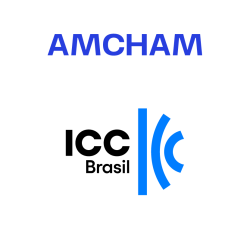Reducing sludge production in the Embu-Guaçu WTP water treatment process using biostimulation in raw water
ABOUT IT
Results and Objectives
Environmental Objectives:
- Improving the quality of raw water: The use of biostimulators helps to improve the quality of the water collected, reducing the need for chemical products in subsequent treatment.
- Sludge reduction: The goal is to reduce the production of sludge generated in water treatment, reducing the environmental impact and costs associated with its disposal.
- Cyanobacteria control: Implementing an effective method to control cyanobacteria blooms without resorting to chemical products, preserving the health of the aquatic ecosystem.
- Sustainability: Adopting green, easy-to-apply, sustainable and low-cost technology that does not require engineering work.
Economic Objectives:
- Reducing operating costs: Reducing operating costs through lower demand for chemical products and a smaller volume of sludge for treatment and disposal. At the Embu-Guaçu plant, these savings exceeded R$ 500,000 per year.
- Energy efficiency: Increasing the energy efficiency of the water treatment process, with a reduction in energy consumption.
- Increase in treatment capacity: Improve the quality of raw water and reduce treatment by-products, increasing the capacity of the Embu-Guaçu WTP and generating a positive impact on the biodiversity of the Embu-Guaçu river basin.
Technology and Implementation:
- Biostimulators: O2ECO-TWC technology plates were used, made with substrates based on special paraffins and nanonutrients, which stimulate the trophic chain and speed up the water's natural self-depuration process.
- Installation of the plates: 22 biostimulator plates were installed 2 km upstream of the catchment point, strategically positioned in the river's internal bends to promote hydraulic retention time.
Results:
- Testing period: The prototyping phase, from August 2020 to June 2021, compared the results obtained with historical system data.
- Sludge reduction: Sludge production levels were maintained, even with the increase in the system's average flow rate from 96 l/s to 149 l/s.
- Microbiological profile: There was a significant improvement in the microbiological profile of the water, with a reduction in algal density and the elimination of cyanobacteria.
- Positive environmental impact: The use of biostimulants has improved water quality and reduced sludge production, promoting a positive cascade effect throughout the treatment process.
Sustainability: The adoption of this green technology is in line with environmental governance practices and offers potential for expansion into other areas seeking sustainable solutions for water treatment.
SDGs
External Certification
International Commitments
National Commitments
More info



